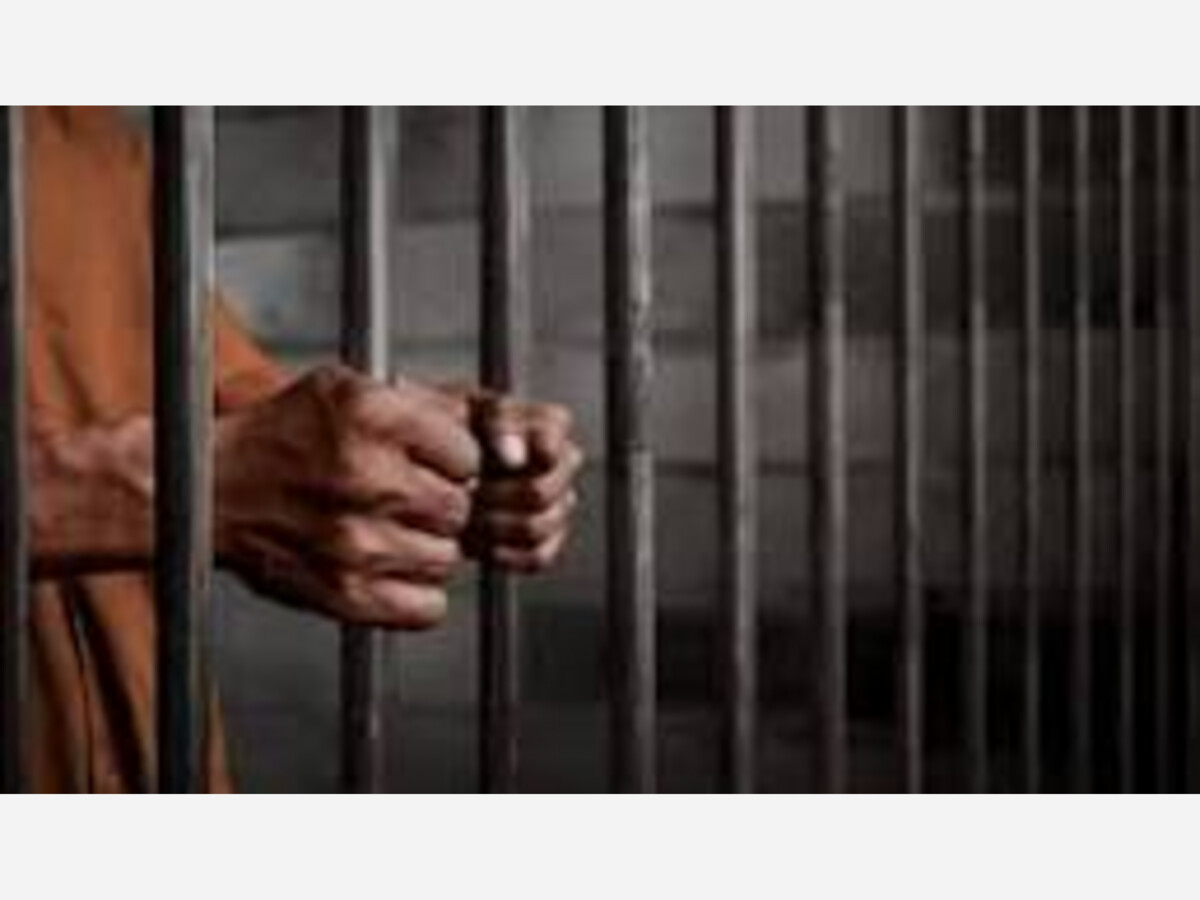Image


The United States has built the world’s largest system of incarceration, with nearly 1.9 million people behind bars as of 2025—a network of over 1,500 state prisons, 98 federal prisons, more than 3,000 local jails, and hundreds of juvenile, immigration, and tribal detention centers. This vast system is not only a mechanism of punishment and control, but also a powerful economic engine—one that generates enormous profits for private corporations, government agencies, and a sprawling network of contractors.
Despite comprising just over 4% of the world’s population, the U.S. holds about 20% of its prisoners. With an incarceration rate of 541 per 100,000 people, the U.S. ranks fifth globally—behind only El Salvador, Cuba, Rwanda, and Turkmenistan. No other developed country comes close in either the absolute number of incarcerated individuals or the rate at which it imprisons its citizens. For context, the U.S. currently incarcerates over 1.8 million people, compared to China’s 1.69 million (with a population four times larger).
The financial footprint of the U.S. corrections system is staggering. Federal, state, and local governments spend over $80 billion annually on prisons and jails, with some estimates of the broader economic burden—including lost productivity, impacts on families, and community costs—reaching as high as $1 trillion per year. The prison industry’s direct turnover, at $74 billion, exceeds the GDP of over 130 countries.
Private prison corporations, such as CoreCivic and GEO Group, have become major players, controlling a significant share of the market and generating billions in revenue through government contracts. These companies, along with a web of contractors providing food, healthcare, telecommunications, and labor management, have a vested interest in maintaining high incarceration rates.
A critical, and often overlooked, component of the prison-industrial complex is the exploitation of incarcerated labor. Nearly two-thirds of prisoners work while incarcerated, often for pennies per hour, producing goods and providing services for both the prison system and major corporations. In some states, refusal to work can result in severe penalties, including solitary confinement or loss of parole eligibility. This labor generates billions in value each year, subsidizing the costs of incarceration and providing a cheap, captive workforce to private interests.
The economic interests embedded in the U.S. criminal justice system create powerful incentives to keep incarceration rates high. Federal and state funding formulas often reward agencies based on the number of people incarcerated, while private prison companies lobby for harsher sentencing laws and immigration policies that guarantee a steady flow of detainees.
Law enforcement agencies, prosecutors, and corrections departments have become financially dependent on the revenues generated by mass incarceration—whether through direct funding, asset forfeiture, or contracts with private providers. This dependence creates a structural disincentive to pursue policies that would reduce crime or incarceration, such as investing in prevention, rehabilitation, or social services. In effect, the system is designed to perpetuate itself, prioritizing revenue and institutional survival over public safety or human dignity.
“Law enforcement came to depend on these funding sources, particularly as declining tax receipts and intergovernmental transfers left them grasping to fill budget holes. These incentives are a persistent structural driver of punitive enforcement and mass incarceration… giving law enforcement agencies a stake in perpetuating mass incarceration.”
The consequences of this profit-driven system are profound. Mass incarceration disproportionately targets poor and minority communities, disrupts families, and fuels cycles of poverty and recidivism. Conditions inside many U.S. prisons are overcrowded, violent, and inhumane, with little access to education, mental health care, or rehabilitation programs. Upon release, formerly incarcerated individuals face significant barriers to employment and housing, increasing the likelihood of reoffending and further entrenching the system’s grip.
Families of the incarcerated also bear a heavy financial burden, spending billions each year on commissary accounts, phone calls, and travel for visitation—costs that often drive them into debt.
The U.S. incarceration system is not merely a response to crime, but a vast, self-perpetuating industry that generates enormous profits for a range of public and private actors. The financial incentives embedded in this system have made meaningful reform difficult, as those who benefit from mass incarceration have little reason to pursue alternatives that would reduce their revenues. Until these perverse incentives are addressed, the U.S. is likely to remain the world’s leading jailer—at a tremendous human and economic cost